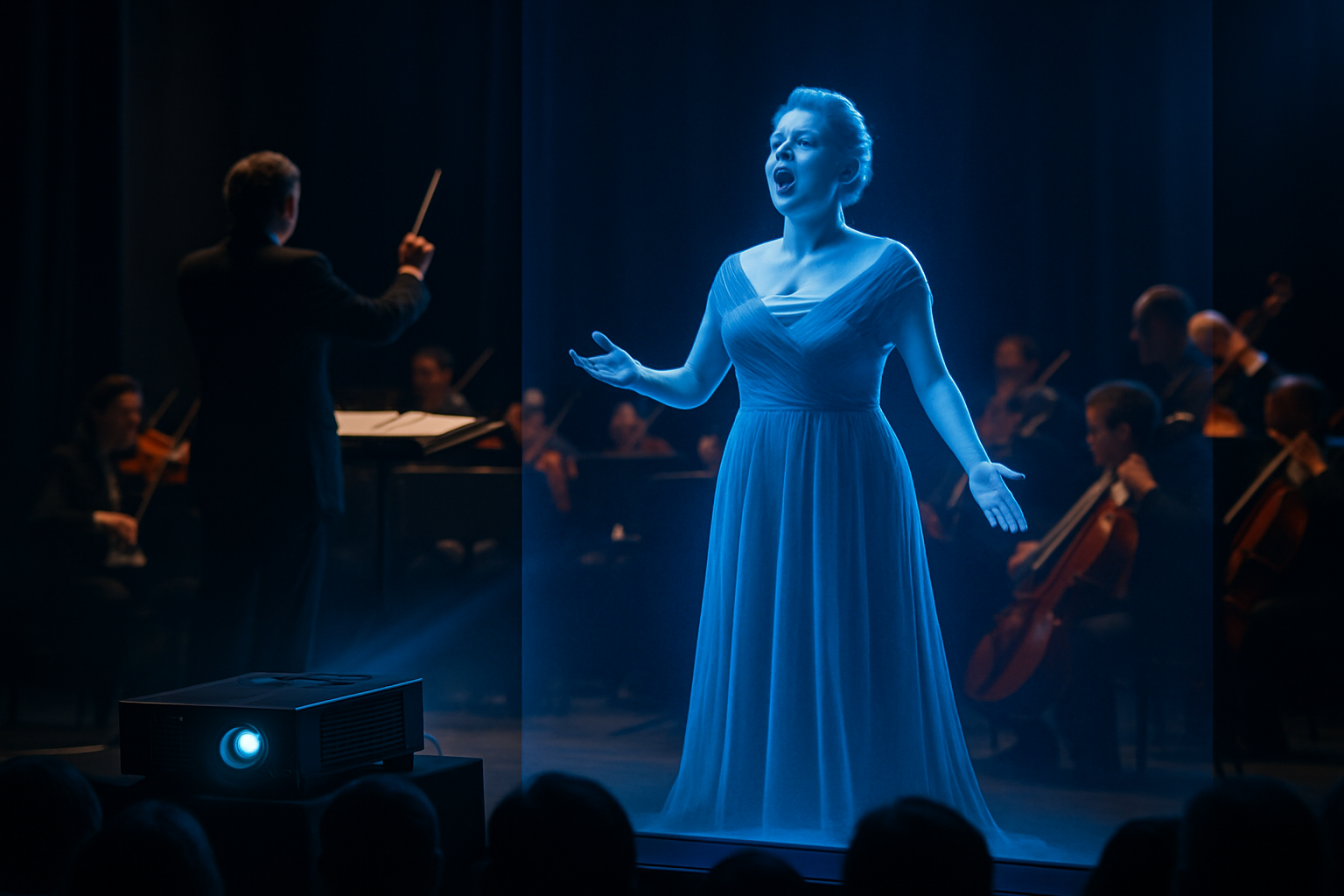Holographic Opera: A New Dimension in Performing Arts
In the ever-evolving landscape of performing arts, a groundbreaking fusion of technology and classical tradition is captivating audiences worldwide. Holographic opera, a revolutionary approach to staging timeless works, is reshaping the boundaries of theatrical production and pushing the limits of artistic expression. This cutting-edge technique blends centuries-old musical compositions with state-of-the-art projection technology, creating immersive experiences that transport viewers into ethereal realms of light and sound. As opera houses and production companies embrace this innovative medium, the art form is experiencing a renaissance, attracting new generations of enthusiasts and challenging conventional notions of live performance.

Technological Marvels Behind the Curtain
At the heart of holographic opera lies a complex system of high-powered projectors, specialized screens, and sophisticated software. Unlike traditional stage setups, holographic productions utilize transparent scrims and strategically placed projectors to create three-dimensional images that appear to float in mid-air. Advanced motion capture technology allows these holographic elements to interact seamlessly with live performers, creating a harmonious blend of the physical and virtual worlds.
Reimagining Classical Works
One of the most exciting aspects of holographic opera is its ability to breathe new life into classic compositions. Works that were once constrained by the physical limitations of traditional stagecraft can now be realized in ways their creators could only have dreamed of. Imagine Wagner’s Ring Cycle with a truly shape-shifting Alberich, or Puccini’s Madama Butterfly set against an ever-changing, holographic Japanese landscape. These productions not only enhance the visual spectacle but also offer new interpretations of familiar narratives.
Challenges and Controversies
As with any revolutionary art form, holographic opera has faced its share of challenges and criticisms. Purists argue that the technology detracts from the raw power of the human voice and the intimacy of live performance. There are also concerns about the potential for technical glitches and the high costs associated with implementing these advanced systems. Additionally, some fear that the reliance on technology might lead to a reduction in employment opportunities for traditional set designers and stagehands.
The Global Impact on Opera Houses
Despite these challenges, many of the world’s leading opera houses have embraced holographic technology with open arms. The Metropolitan Opera in New York, La Scala in Milan, and the Sydney Opera House have all unveiled holographic productions to critical acclaim. These performances have not only attracted traditional opera-goers but have also sparked interest among younger audiences and tech enthusiasts, potentially securing a new future for this centuries-old art form.
Educational and Accessibility Benefits
Beyond its artistic merits, holographic opera has shown potential in educational settings and in improving accessibility. Schools and universities are using the technology to bring opera into classrooms, allowing students to experience performances that would otherwise be out of reach. Furthermore, holographic technology opens up new possibilities for making opera accessible to those with mobility issues or in remote locations, democratizing an art form that has often been perceived as elitist.
The Future of Holographic Opera
As holographic technology continues to advance, the possibilities for operatic productions seem boundless. Some visionaries in the field are already exploring the potential for fully interactive holographic performances, where audience members can influence the narrative or even participate virtually in the production. Others are experimenting with AI-generated holographic performers, raising intriguing questions about the nature of artistry and performance in the digital age.
Conclusion: A New Era for an Ancient Art Form
Holographic opera represents a bold step into the future for one of the world’s oldest performing arts. By marrying cutting-edge technology with timeless musical masterpieces, it offers a fresh perspective on classical works while potentially securing opera’s relevance for generations to come. As this innovative medium continues to evolve, it promises to push the boundaries of creativity, challenge our perceptions of live performance, and redefine the operatic experience for the 21st century and beyond.





